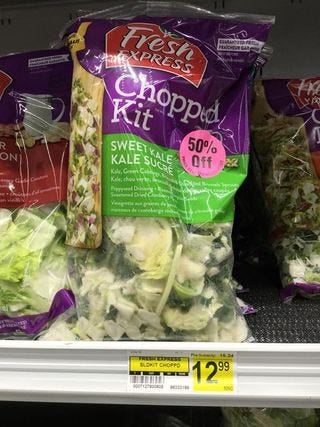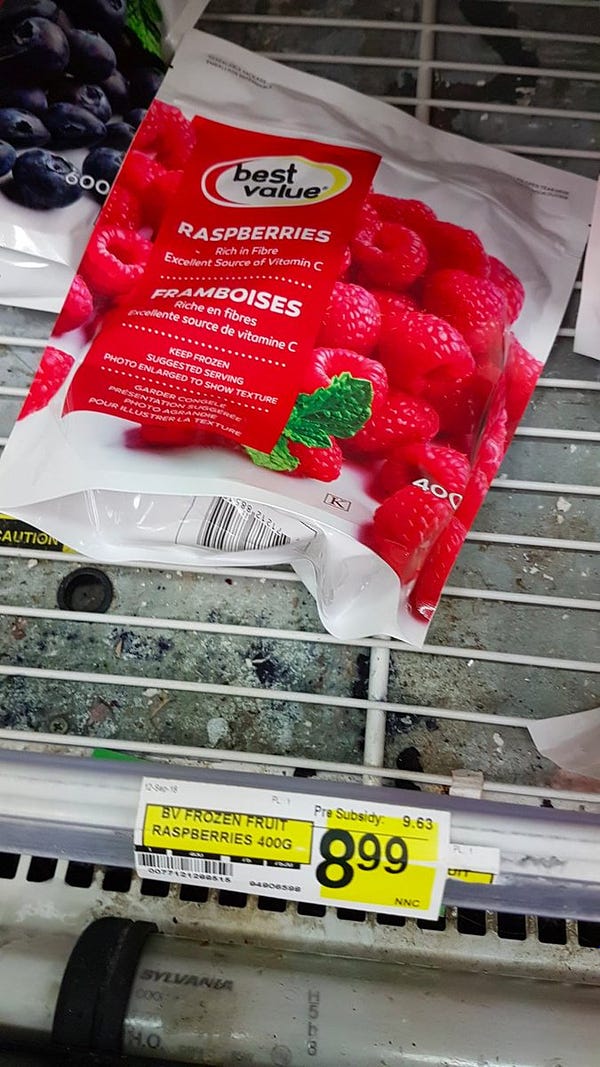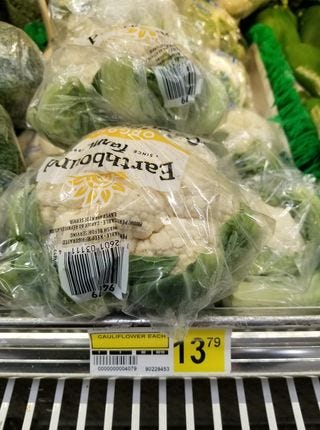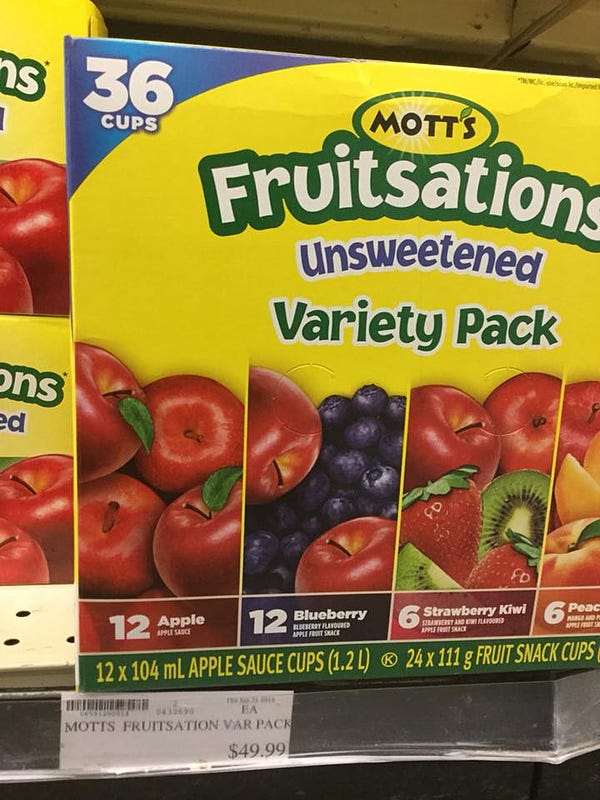Don't miss conversations on Indigenous food sovereignty happening right now!
Issue 207: Plus, why aren't people in the Southwest eating more mesquite, an indigenous crop that's perfectly suited to grow in the desert?
Hello! Welcome to Nosh Box, a food newsletter. On Mondays, I send a reading guide of food system ideas, and on Thursdays, I dig deeper with an original essay or conversation you can only find here.
Check out last Thursday’s dispatch: What to do about the appalling food insecurity — and $50 vegetables — in Nunavut

Happy Indigenous People’s Day, folks! To honor the day, A Growing Culture is hosting an afternoon-long livestream. Just as they took Juneteenth to hold space for Black farmers and food justice activists, today they’re turning over their platform to Indigenous folks to talk about tribal food sovereignty, seed rematriation, and native food culture and identity.
Live right now (at 3 p.m. EST/2 p.m. CST) is Sean Sherman, the founder of The Sioux Chef and North American Traditional Indigenous Food Systems (NATIFS). After that, seed saver Rowen White will talk with Chris Newman of Sylvanaqua Farms. Here’s the full schedule — Indigenize! is live on YouTube now. And if you’ve missed the sessions earlier in the day or can’t make it this afternoon, they’ll all be uploaded to A Growing Culture’s YouTube channel as well.
On the subject of Indigenous foodways: In The Counter, Phoenix New Times food critic Chris Malloy asks, why aren’t we eating more mesquite? The crop is suited to desert climates and sequesters carbon — and tastes sweet, nutty, and cinnamony. And it’s mostly ignored. Malloy writes:
Many people who live on the millions of American acres where mesquite grows—from Southern California to western Kansas—see it as just another tree. Residents of Arizona’s Sonoran Desert in particular may not realize that mesquite was once their region’s most important food. Its seeds are about 35 percent protein. Its roots can tunnel 160 feet, deeper than any other tree, making for copious yields despite minimal water.
This is the apex desert food that today’s suburbanites sweep from yards into trash bags, that pops unnoticed under car tires and browns like rock, while millions of people instead buy wheat flour trucked in from the Midwest, and sugar from distant beet, corn, and sugarcane fields.
So why don’t we eat more of it? Well, there’s not really a market for it, so the supply chain infrastructure is not developed, which means there’s no way to get it to consumers, which means they’ll never demand it. A chicken-and-egg problem, Malloy says. In the article, he talks to foragers, scientists, and more to figure out what it might take to get mesquite off the ground and onto our plates. Check it out.
>>Another event to mark your calendars for, this coming Wednesday:

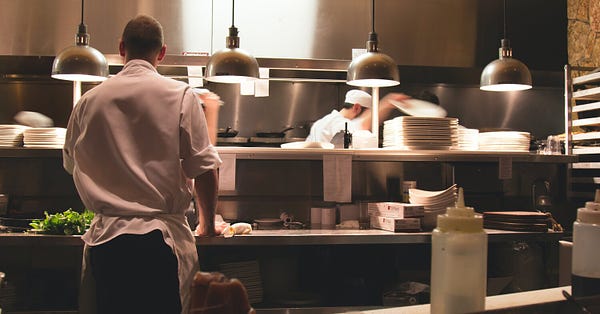
In case you missed it:
The population of Nunavut, Canada’s northernmost territory, is 83 percent Inuit, and nearly 3 out of every 4 people struggles with food insecurity.
Traditional, local “country foods” like seal, beluga, and arctic char are nutritious but have been stigmatized to the point that many younger folks don’t have the specialized skills or equipment to hunt them. So people are relying on food shipped north, which blasts the costs into outer space. Take a look:
In Nosh Box last Thursday, I dug into some of the ways people in Nunavut are working to solve this, from food sharing to cultural education to advocating for regulations and subsidies.
>>And a Bill Wurtz-meets-salsa Tik Tok that sums up how I’m feeling most days






